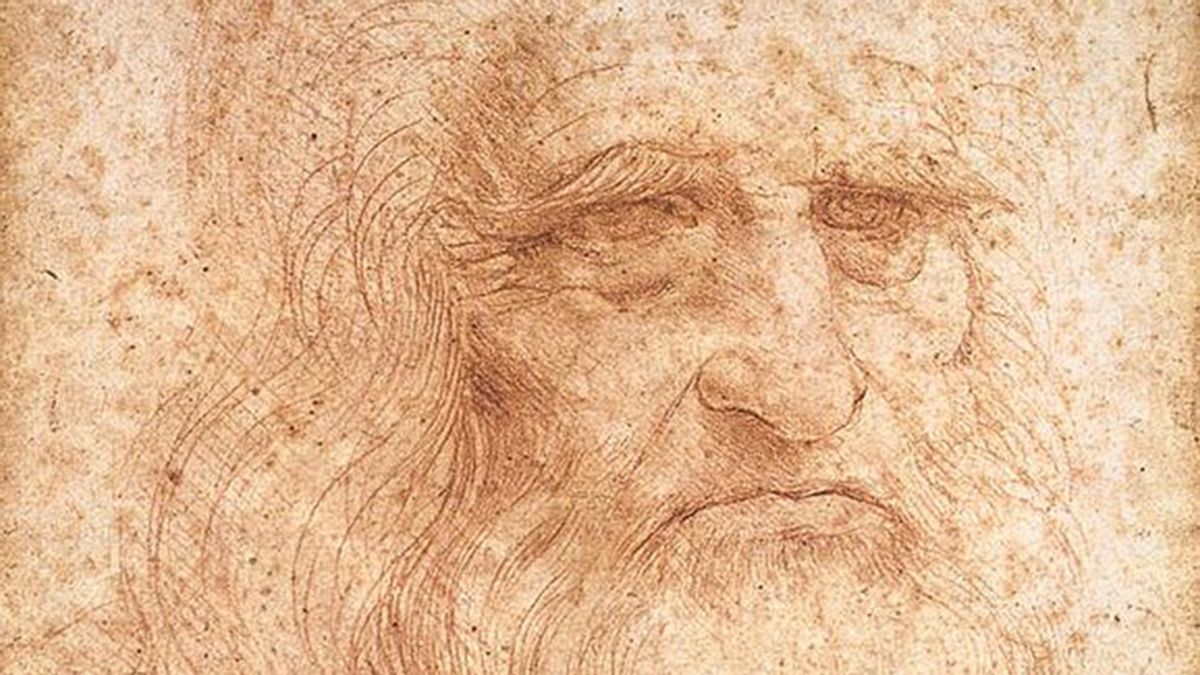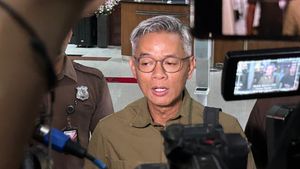JAKARTA - Leonardo Da Vinci is not just an artist. As one of the figures of the reformation or renaissance century, he is also known as a scientist in the fields of science, mathematics, art and architecture. Da Vinci was an inventor who often thought beyond the times.
Da Vinci was born in Italy on this day April 15, in the 15th century or more precisely in 1452. During his lifetime, Da Vinci made a big contribution to civilization, until his death in 1519.
Da Vinci is known primarily for his paintings. Some of his most famous works of art are the Mona Lisa, The Last Supper, and Salvator Mundi.
The latter work is even listed as the most expensive painting in the world to date. The work's valuation reached 450 million US dollars or around Rp. 6.5 trillion.

Inventor
As a person who always wanted to work miracles, apart from becoming a painting legend, Da Vinci's work as an inventor was enormous in bridging the middle ages to the modern ages. Young Da Vinci learned little in his formal education in reading, writing and basic mathematics. However, from a young age, his artistic talent was evident.
At the age of 14, Da Vinci started an "apprenticeship" with the famous artist Andrea del Verrocchio in Florence. Da Vinci learned many technical skills from Verrocchio, including metal forging, leather art, carpentry, drawing, painting and sculpting. His first known work was a landscape drawing in the Arno Valley which was made in 1473.
As well as being known as an artist, Da Vinci is arguably the inventor of visionary tools. Its first discovery dates back to 1482. At that time, the Florentine ruler Lorenzi de 'Medici ordered him to make a silver harp instrument.
The harp was then brought by Medici as a gift of peace to Ludovico Sforza who was a leader (Duke) of Milan. After this "debut," Da Vinci lobbied Ludovico to provide a testimonial about his work. In this testimony, Ludovico referred to Da Vinci as an artist, not touting him as an engineer.
After that, Da Vinci continued to live up to his experimental zeal by sketching war machines. He made a tool like a chariot with a sickle blade attached to it. Like the forerunner of an armored tank. However, the Da Vanci design tool still had to be moved by two people. In fact, it takes a small army to operate the big arrows.
The proposed design was finally approved by Ludovico. Da Vinci was then brought to Milan and given a contract period of 17 years. While in Milan, in addition to designing tools, Da Vinci was also assigned to work on various art projects. It was during this period that Da Vinci created one of his famous paintings, The Last Supper or The Last Supper.
Designing glyphs
Da Vinci almost always had ideas that transcend the ages. You could say, he was the first to design a flying machine. At that time, he made a sketch resembling a combination of a modern bicycle and a kind of helicopter.
Perhaps, the design of the flying machine made in 1505 was his most famous invention. The design is not made arbitrarily.
Da Vinci based it on bat physiology. His experiments can even be found in Da Vinci's Codex on the Flight of Birds, a study of aeronautics - the study of flying machines.
Like other renaissance thinkers, Da Vinci never separated art and science. He views the two as interrelated disciplines.
Da Vinci believed studying science made him a better artist. That's how Da Vinci lived. One of the most beautiful artists and the most visionary thinker. A true inventor.
The English, Chinese, Japanese, Arabic, and French versions are automatically generated by the AI. So there may still be inaccuracies in translating, please always see Indonesian as our main language. (system supported by DigitalSiber.id)









